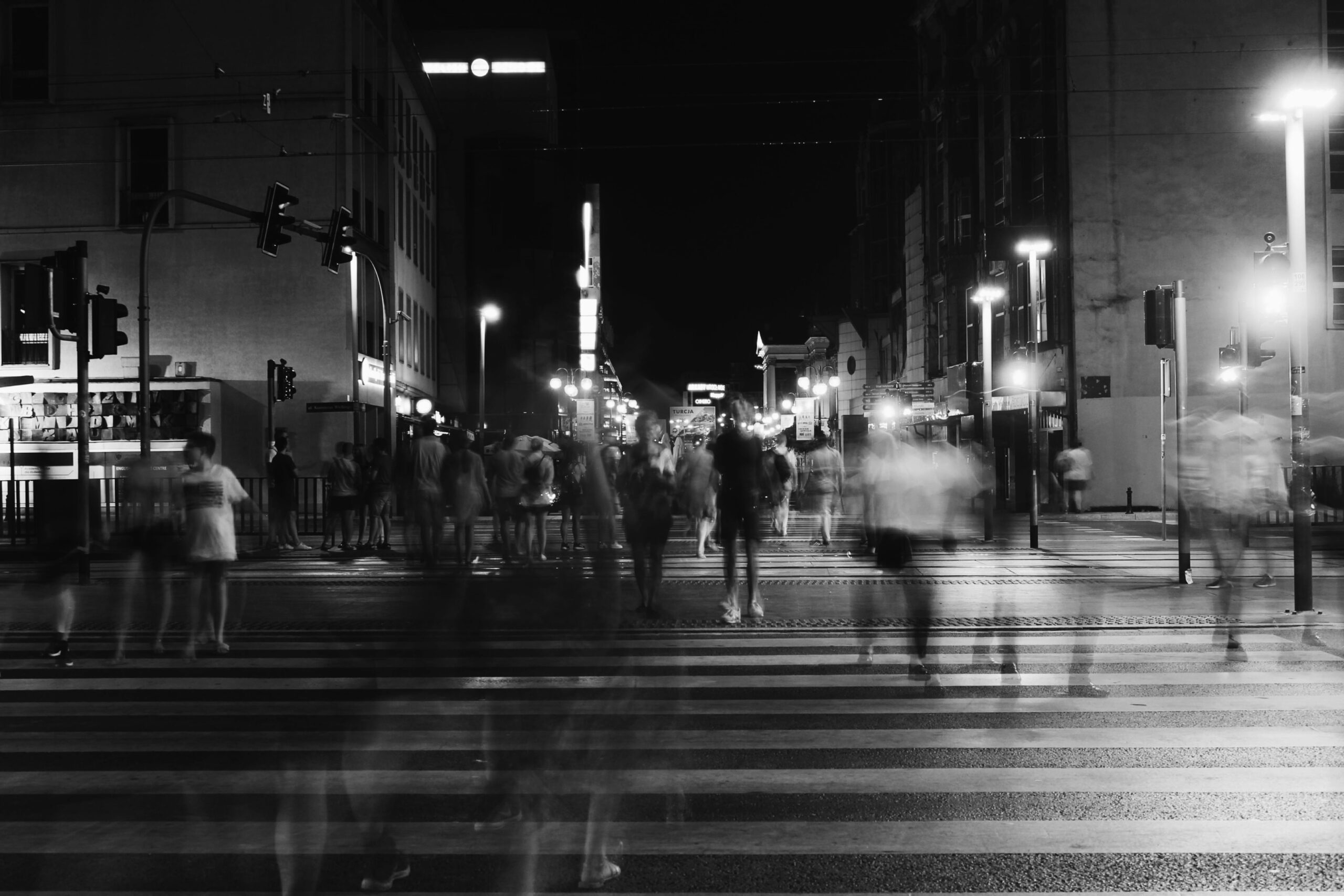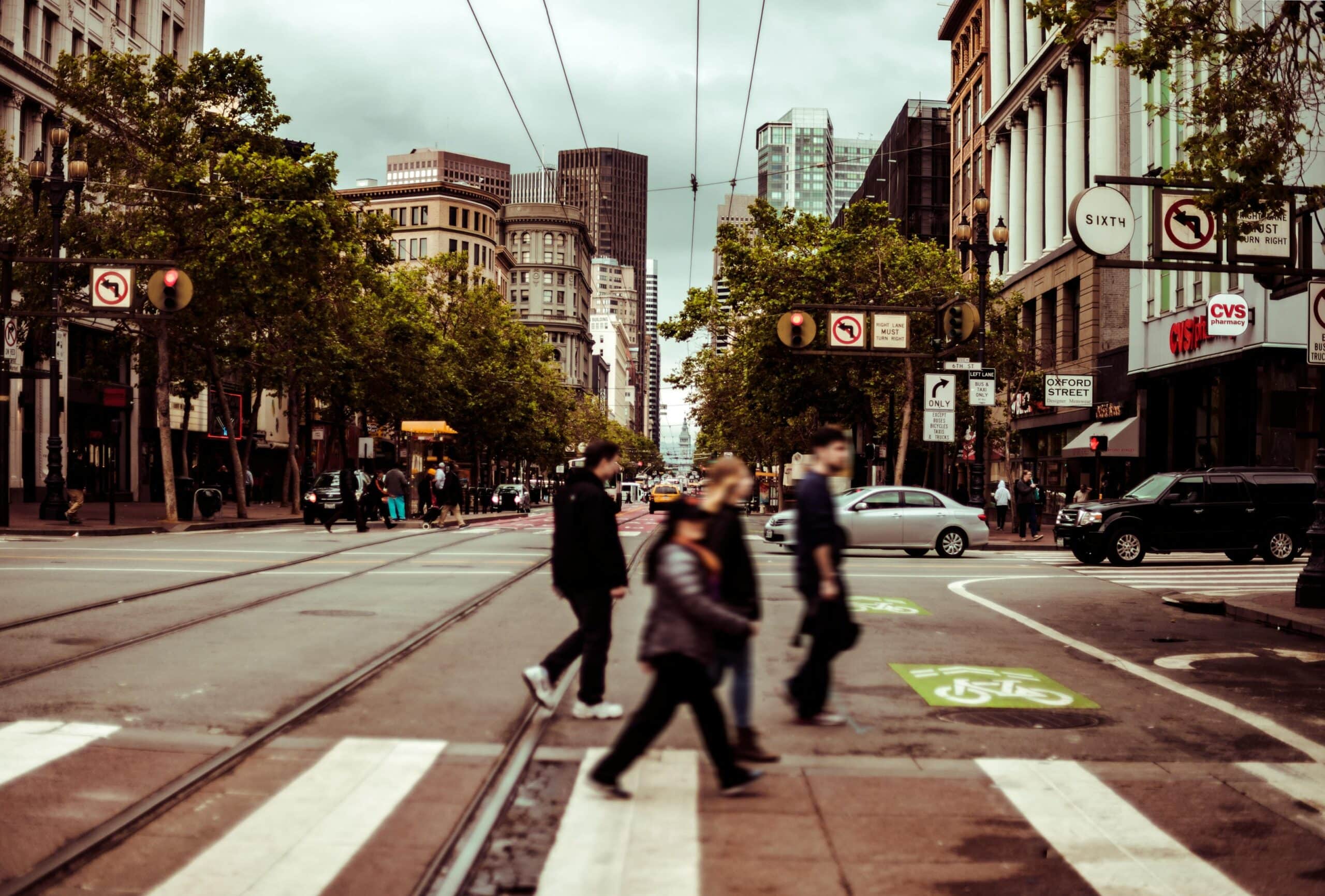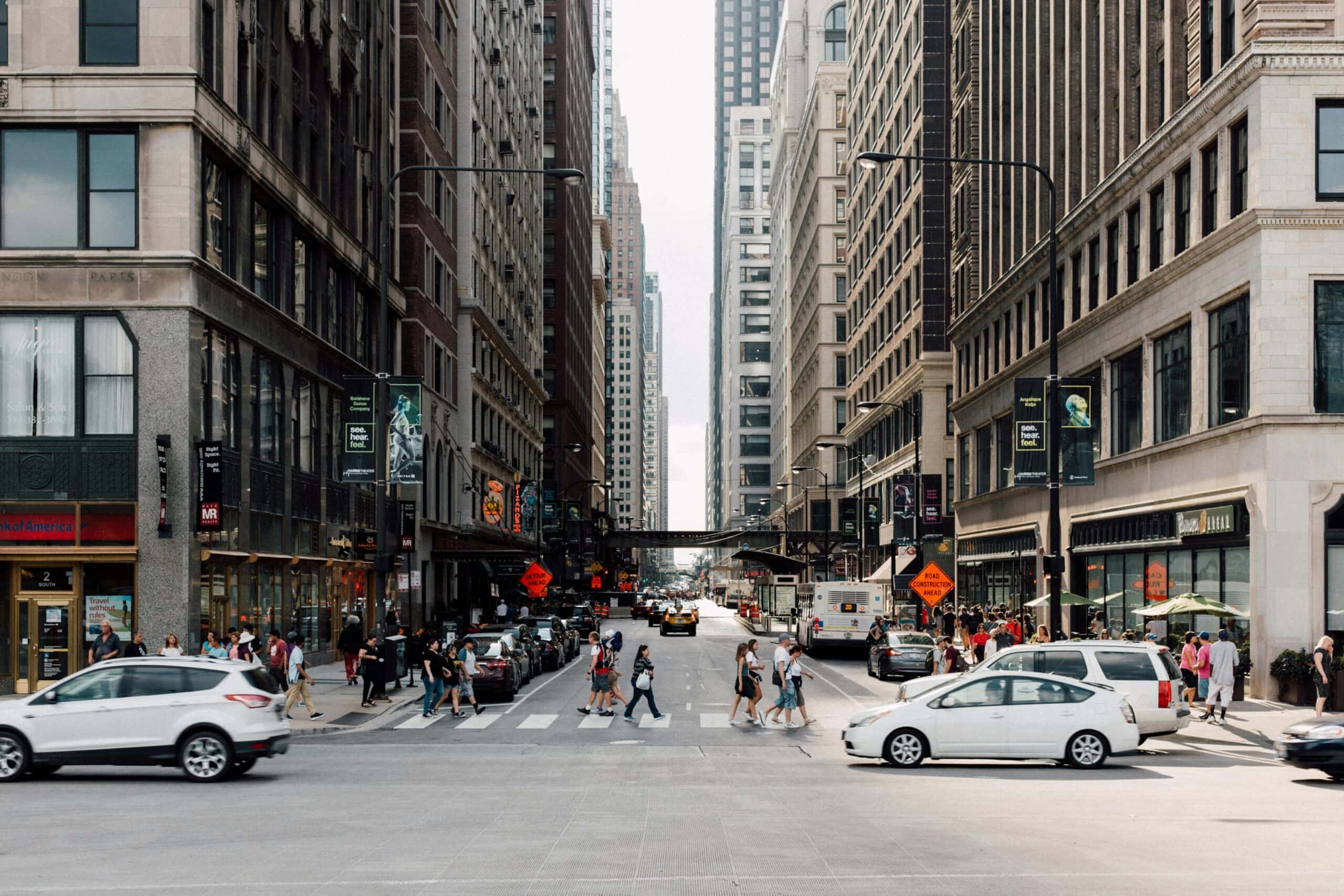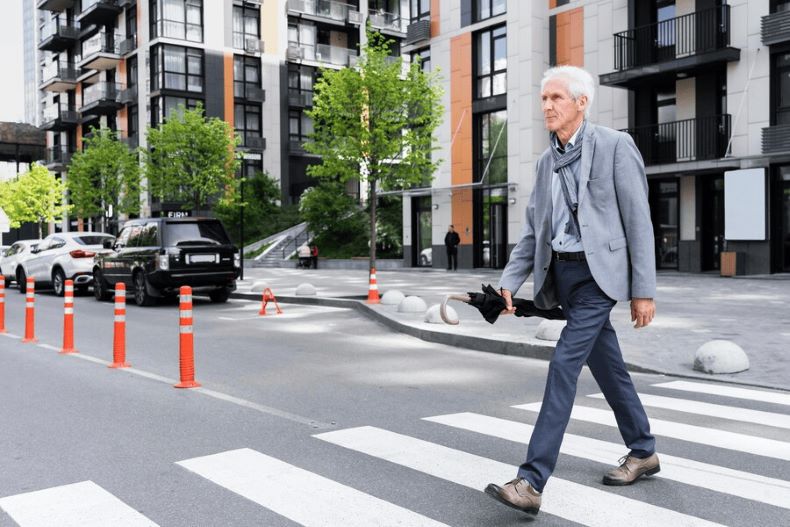
Pedestrian accidents can have devastating consequences, leading to severe injuries and significant financial burdens. If you’ve been involved in such an incident, understanding the critical components required and the legal steps you must take to establish a successful pedestrian accident lawsuit is paramount. This comprehensive guide outlines the five essential elements you must prove to secure fair compensation.
If you’re struggling with a similar lawsuit, reach out to our experienced team of pedestrian accident lawyers to discuss your case and gain clarity.
1. Establishing Driver’s Negligence
To prevail in a pedestrian accident case, demonstrating the driver’s negligence is fundamental. Negligence occurs when a driver fails to exercise reasonable care, resulting in harm to others. Key aspects include:
Duty of Care: Drivers are legally obligated to operate their vehicles safely, adhering to traffic laws to protect pedestrians and other road users.
Breach of Duty: Proving that the driver violated this duty by engaging in reckless behaviors such as speeding, distracted driving, or ignoring traffic signals.
Causation: Establishing a direct link between the driver’s breach of duty and the injuries sustained by the pedestrian.
Damages: Providing evidence of actual harm, including medical expenses, lost wages, and non-economic damages like pain and suffering.
Collecting compelling evidence is crucial. This may involve:
Accident Reports: Official documentation detailing the accident scene and circumstances.
Witness Statements: Testimonies from individuals who observed the accident.
Traffic Camera Footage: Visual evidence capturing the incident.
Medical Records: Documentation of injuries sustained and treatments received.
A thorough investigation by experienced pedestrian accident attorneys can uncover crucial evidence to support your claim.
2. Proving the Accident Occurred Due to Driver’s Actions
Demonstrating that the accident happened as a direct result of the driver’s actions is vital. This involves:
Accident Scene Analysis: Examining skid marks, vehicle positions, and road conditions to reconstruct the events leading to the collision.
Physical Evidence: Gathering debris, damaged clothing, or personal items that corroborate the accident’s occurrence.
Accident Reconstruction Experts: Professionals who can provide analyses and visual representations of how the accident unfolded.
Police Report: An official account that may include the officer’s observations and any citations issued to the driver.
By meticulously piecing together these elements, you can build a compelling narrative that attributes fault to the driver.
3. Demonstrating Injuries Sustained and Their Impact
Clearly illustrating the injuries suffered and their effects on your life is essential for a successful personal injury claim. This encompasses:
Medical Attention: Seeking immediate and ongoing medical care to document the extent of injuries.
Medical Records: Comprehensive documentation of diagnoses, treatments, and prognoses.
Medical Bills: Detailed accounts of expenses incurred, including hospital stays, surgeries, and rehabilitation.
Lost Wages: Evidence of income lost due to inability to work, supported by employer statements and pay stubs.
Non-Economic Damages: Accounts of emotional distress, pain, and suffering resulting from the accident.
Accurate and thorough documentation not only substantiates your claim but also aids in securing fair compensation.
4. Establishing Defendant’s Breach of Traffic Laws
Proving that the driver violated specific traffic laws strengthens your case. This involves:
Identifying Violations: Determining which laws were breached, such as failing to yield to pedestrians, running red lights, or speeding.
Collecting Evidence: Utilizing traffic camera footage, witness statements, and police reports to confirm the violations.
Legal Arguments: Presenting a clear connection between the driver’s unlawful actions and the accident.
Understanding the nuances of traffic laws and their application requires the expertise of a seasoned pedestrian accident lawyer.
5. Navigating the Legal Process for Fair Compensation
Successfully navigating the legal process is critical to recovering compensation. Key steps include:
Filing a Pedestrian Accident Claim: Initiating the claim with the at-fault driver’s liability insurance.
Negotiating with Insurance Companies: Engaging in discussions to reach a fair settlement, often requiring persistence and legal acumen.
Preparing for Litigation: If the insurance company refuses a reasonable settlement, be ready to take the case to court.
Gathering Evidence: Continuously collecting and organizing evidence to support your claim.
Understanding Personal Injury Cases: Familiarizing yourself with legal precedents and statutes that may impact your case.
Hiring a skilled pedestrian accident attorney ensures that your rights are protected throughout this complex process. Ask your potential lawyer these 15 questions to make a well-informed decision.
FAQ: Pedestrian Accident Lawsuits – What You Need to Know
1. What should I do immediately after a pedestrian accident?
If you were involved in a pedestrian accident, take these critical steps to protect your rights:
Seek medical attention: Even if injuries aren’t visible, internal damage can be severe.
Call the police: A police report documents the accident scene and provides official details.
Gather evidence: Take photos of the at-fault driver, vehicle damage, skid marks, and traffic signals.
Collect witness statements: Bystanders can confirm how the accident occurred.
Avoid admitting fault: Anything you say may be used against you in your pedestrian accident case.
2. How do I prove liability in a pedestrian accident lawsuit?
To win a pedestrian accident lawsuit, you must prove the driver’s negligence. Key evidence includes:
Accident reports: Official records can confirm traffic laws were violated.
Traffic camera footage: Captures the accident happened in real-time.
Physical evidence: Damaged clothing, tire marks, or broken vehicle parts.
Witness statements: Testimonies can support your legal arguments.
Accident reconstruction analyses: Experts determine fault based on accident reconstruction reports.
3. Can I still recover compensation if I was partially at fault?
Yes, but your compensation may be reduced under comparative negligence laws. If you were distracted or jaywalking, the insurance company may try to shift blame. However, most pedestrian accident cases still allow victims to recover compensation for medical expenses, lost wages, and non-economic damages.
4. What damages can I claim in a pedestrian accident case?
A pedestrian accident victim may seek compensation for:
Medical bills: Emergency treatment, surgery, and rehabilitation costs.
Lost wages: Income lost due to the physical and emotional toll of injuries.
Pain and suffering: Emotional distress and reduced quality of life.
Non-economic damages: Permanent disability, loss of companionship, and psychological trauma.
5. How do pedestrian accident attorneys help with my case?
Experienced pedestrian accident attorneys assist by:
Conducting a thorough investigation and gathering crucial evidence.
Negotiating with the insurance company to secure a fair settlement.
Filing a personal injury claim and ensuring all legal deadlines are met.
Consulting accident reconstruction experts to strengthen your case.
Taking your case to court if the insurance company refuses to offer proper compensation.
6. How long do I have to file a pedestrian accident lawsuit?
In most personal injury cases, you must file within 1-3 years from the date the accident happened. Missing this deadline can prevent you from seeking compensation. Consulting a personal injury lawyer ensures you don’t lose your right to sue.
7. What if the at-fault driver doesn’t have sufficient insurance?
If the driver lacks sufficient insurance, you may:
File a claim under your auto insurance policy.
Pursue a car accident claim against the driver directly.
Seek compensation from other liable parties involved, such as the driver’s employer.
8. How can I get legal representation for my pedestrian accident claim?
At Bourassa Law Group, our skilled pedestrian accident lawyers fight for your rights. Reach out to us for a free consultation to explore your legal options.
Let Bourassa Law Group Fight for Your Justice
Proving these five elements is essential in a pedestrian accident lawsuit. The physical and emotional toll of such accidents can be overwhelming, but securing fair compensation can aid in your recovery.
At Bourassa Law Group, our dedicated pedestrian accident attorneys are committed to guiding you through every step of the legal process.
Contact us today for a free consultation, and let us help you on your path to financial recovery.





